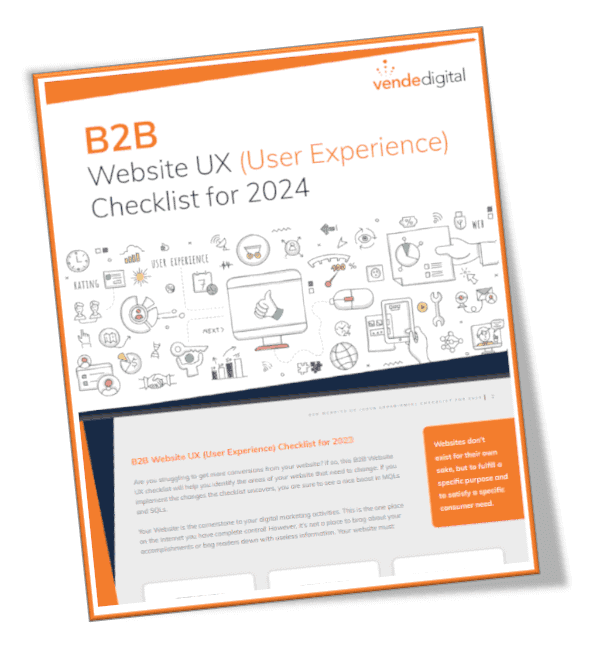It seems like “content marketing” is the online marketing theme for 2014. Content is indeed the fuel that makes online marketing work. However, content without strategy will accomplish nothing. Content needs to be developed from the outside in and designed to meet the needs of researching buyers.
Consumers of any product or service work through a process that starts with becoming aware of a need and ends with making a decision to purchase or not to purchase. They may be learning about you for the very first time, or comparing your products to another company’s, or telling their boss/wife/coworker why they should or shouldn’t buy from you. It’s important to build strategic content that communicates with these prospective customers no matter where they are in their decision journey with your company. Regardless of whether you are a B2B or B2C company, or whether you sell something complex or something commoditized, at some point your customer will work through the following stages of the universal marketing funnel.
Write strategic marketing content for each stage of the content marketing funnel
- Awareness: You need to create content your target audience will find interesting before they are in the market for what you sell. By creating this type of content you are exposing your business to potential customers while leading with value. For example, if you are a car dealer you might want to create blog articles or videos around how to winterize a vehicle or properly install a child seat, which will make a potential customer aware of your company. Pest control companies could create content about things homeowners can do on their own to fight off pesky insects. Accounting software companies could do a video series on ways to cut costs around the office. Thirty to forty percent of the content you create should be for the purposes of awareness and for exposing your knowledge to your target market.
- Evaluation: This is the stage in which your customer is in the market for what you are selling and they are trying to formulate their buying criteria to understand and evaluate all the features available to them, from you and your competitors. For a car dealer, an evaluation piece might be the pros and cons of hybrid versus gas-powered engines, or the pros and cons of SUVs versus minivans. For an accounting software company, an evaluation piece could be the pros and cons of cloud-based solutions versus desktop software. Like the awareness stage, 30% to 40% of your content should be about helping the customer evaluate your offering.
- Decision: Now that your potential customers know what they want, they have to make a decision about where to buy it. They are asking themselves, “Why should I buy from you?” Here’s your opportunity to strut your stuff and tell stories about how much value you’ve delivered to others who have enjoyed your product or service. Whatever your niche is, maximize it by creating content around it so your customer can see why they should buy from you. Decision-based content should represent 20% but no more than 30% of your content. Too much horn tooting will turn off customers who are in the awareness or evaluation stage.
Making sure you have a steady diet of content in each of these stages of the marketing funnel and that you are planning out your content in advance rather than flying by the seat of your pants will get your business heading down the right path. In part 2 of this series we will discuss the concept of concentric circles and how understanding the needs of your buyer from the outside in will help you round out your content calendar with useful and engaging content.
